Dreaming of a road trip with endless ocean views, golden beaches, and salty breezes? Australia is home to some of the world’s most spectacular coastal drives, perfect for beach lovers looking for adventure, relaxation, and breathtaking scenery. Let’s dive into the best coastal road trips in Australia that should be on your travel bucket list!
Table of Contents
Great Ocean Road (Victoria)

Highlights & Attractions
This world-famous road trip stretches for 243 km along Victoria’s southwest coast. Expect to see the iconic Twelve Apostles, lush rainforests, and charming seaside towns like Lorne and Apollo Bay.
Best Beaches Along the Route
- Bells Beach – A surfer’s paradise with massive waves.
- Lorne Beach – Ideal for swimming and picnicking.
- Johanna Beach – A secluded spot perfect for relaxing.
Travel Tips
- Best time to visit: Summer (December to February).
- Drive cautiously on the winding roads.
- Start early to beat the crowds.
Pacific Coast Touring Route (NSW to QLD)

Iconic Stops Along the Way
This 900 km drive from Sydney to Brisbane passes through stunning coastal gems like the Central Coast, Coffs Harbour, and Byron Bay.
Beach Destinations You Can’t Miss
- Byron Bay – Crystal-clear waters and a vibrant surf culture.
- Surfers Paradise (Gold Coast) – Endless golden beaches and nightlife.
The Grand Pacific Drive (New South Wales)
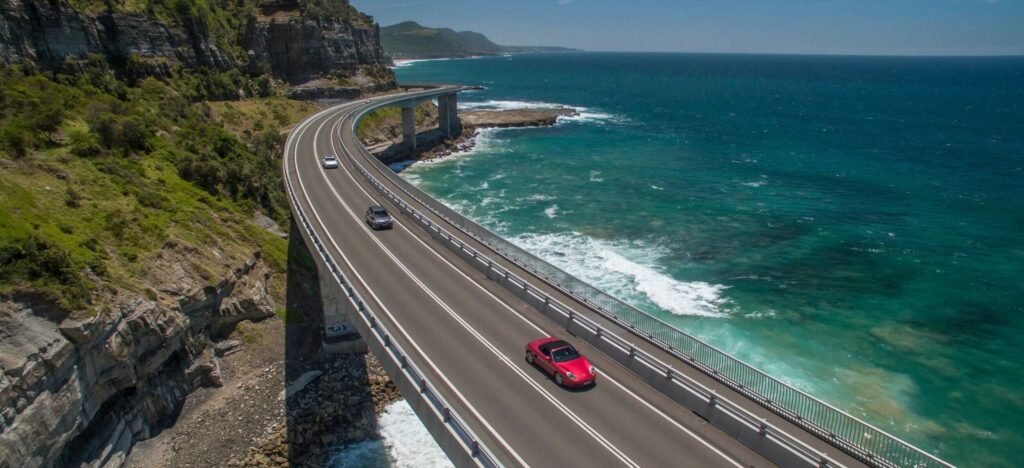
Scenic Views & Landmarks
This 140 km stretch from Sydney to Shoalhaven takes you across the stunning Sea Cliff Bridge and through Royal National Park.
Best Time to Visit
- Spring and summer offer warm weather and clear skies.
- For a more laid-back experience, steer clear of the busiest holiday seasons.
Coral Coast Highway (Western Australia)
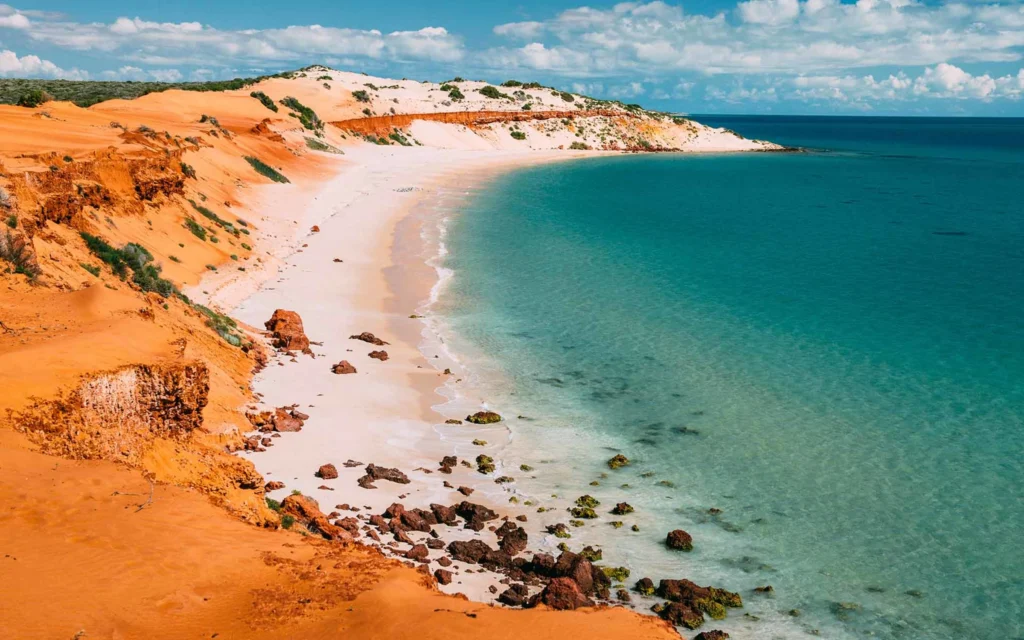
Must-Visit Beaches
- Turquoise Bay – Perfect for snorkeling.
- Shell Beach – A beach made entirely of tiny white shells.
Snorkeling and Diving Spots
Explore the Ningaloo Reef, one of the best places in the world for swimming with whale sharks.
The Great Barrier Reef Drive (Queensland)
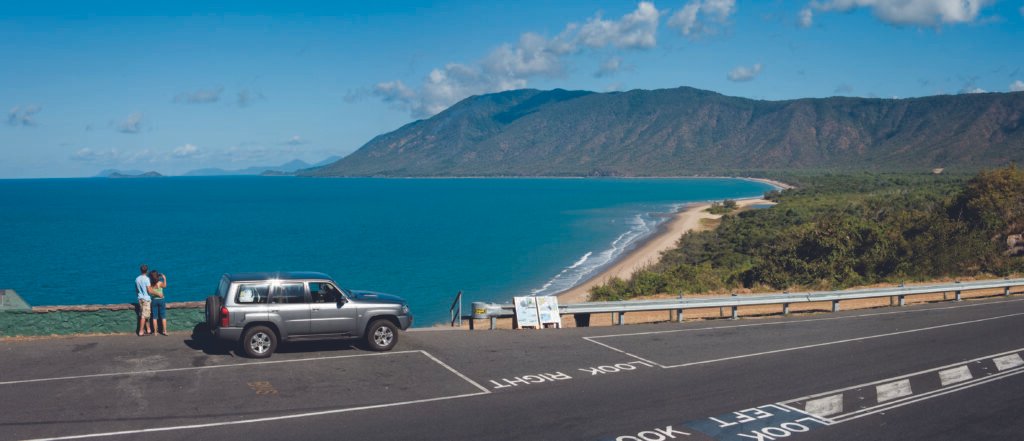
Best Beaches & Islands
- Palm Cove – A tropical paradise.
Things to Do Along the Route
- Go snorkeling at the Great Barrier Reef.
- Visit Port Douglas for a luxury beachside escape.
Tasmanian East Coast Drive (Tasmania)
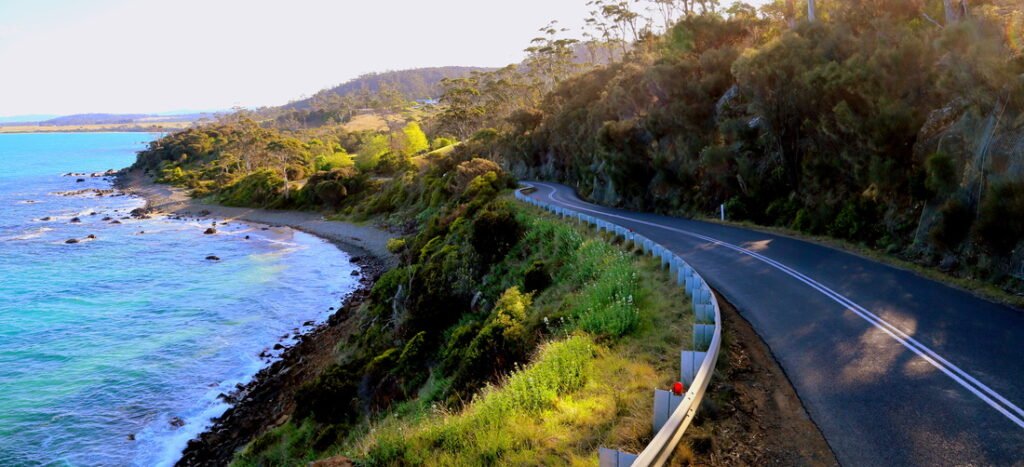
Bay of Fires and Other Stunning Beaches
The white sandy beaches and crystal-clear waters of Bay of Fires are breathtaking.
Exploring Local Wildlife
Spot penguins, dolphins, and even Tasmanian devils along the way.
Eyre Peninsula Drive (South Australia)
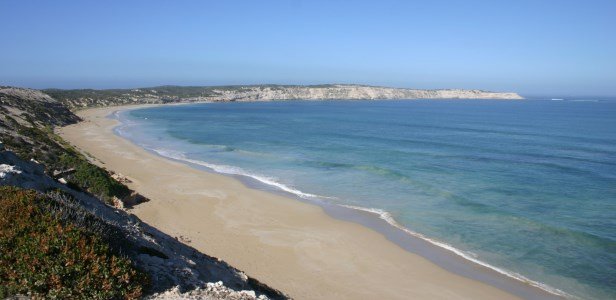
Remote and Untouched Beaches
- Memory Cove – A hidden paradise with soft sand and clear water.
- Almonta Beach – Perfect for spotting dolphins.
Seafood & Coastal Cuisine
Enjoy fresh oysters at Coffin Bay and delicious seafood platters in Port Lincoln.
The Nullarbor Drive (South Australia to Western Australia)
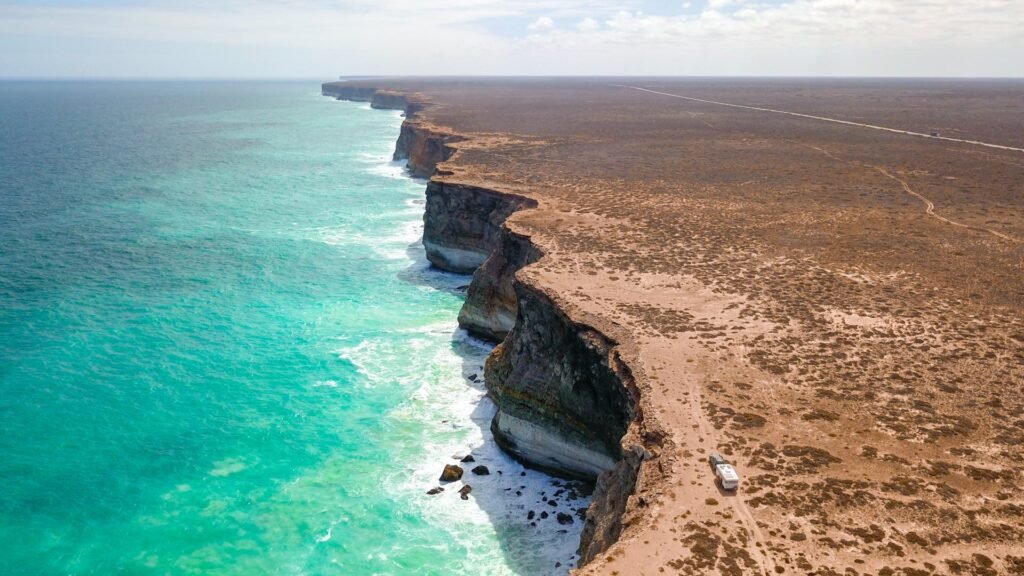
Coastal Cliffs & Unique Beachscapes
Experience the dramatic Bunda Cliffs and the vast, open landscape of the Nullarbor Plain.
Adventure Tips for the Journey
- Because services are limited, bring extra gasoline and supplies.
- Watch for wildlife crossing the road.
Top Tips for an Amazing Coastal Road Trip
- Pack sunscreen, hats, and plenty of water.
- Check road conditions before setting off.
- Allow time for spontaneous stops and photo opportunities.
Conclusion
Australia’s coastal road trips offer some of the most unforgettable beach experiences in the world. Whether you prefer rugged cliffs, golden sandy shores, or tropical escapes, there’s a road trip for every type of beach lover. So, grab your map, hit the road, and let the ocean be your guide!




